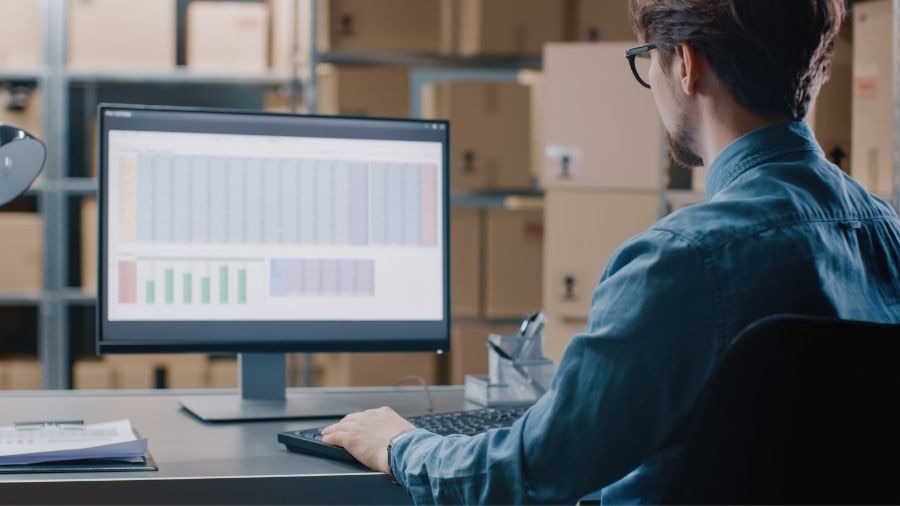Why Is Inventory Accounting Important?
Part of running a professional business ensures all government and industry-specific laws and regulations are followed as necessary. Companies and individuals must produce the appropriate financial statements and income tax returns
each year, as dictated by the CRA. Failure to comply will result in fines and penalties and possible incarceration.
That means keeping accurate and up-to-date financial records for business management purposes and tax return filing. Following the International Financial Reporting Standards or IFRS, a business can determine the appropriate
information as required, like corresponding inventory accounting numbers.
Many business owners look to accounting software to help them track and calculate financial information- this also includes inventory management and accounting. Millions of individuals and businesses manage inventory using
QuickBooks as a means to simplify this monumental undertaking.
QuickBooks Online offers small businesses
inventory tracking software
to organize and keep track of inventory quantities, purchase orders, insights, valuation, and more! Try this popular software as a free trial today!
Back: What is Inventory Management?
Next: Common Inventory Terms
